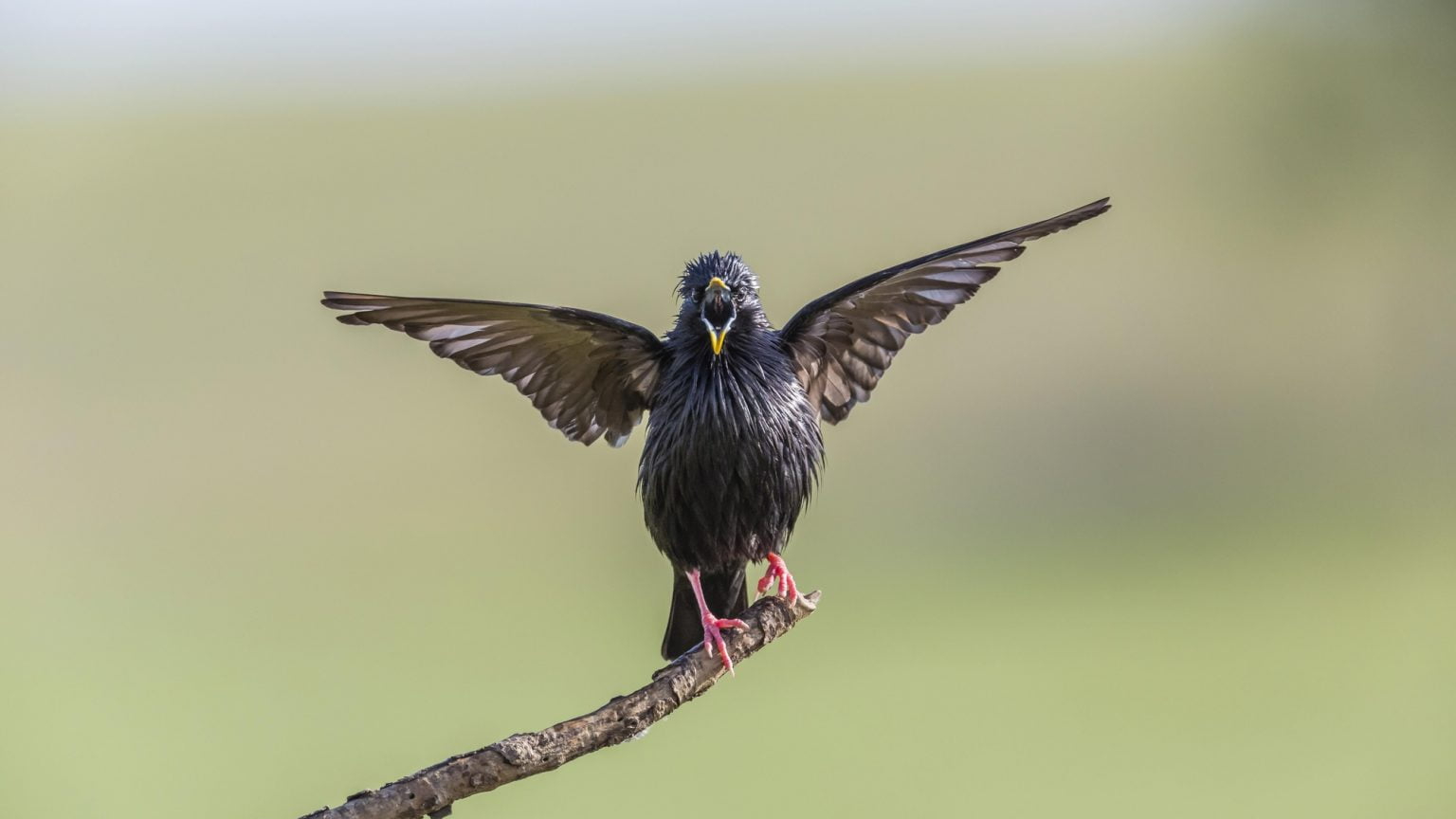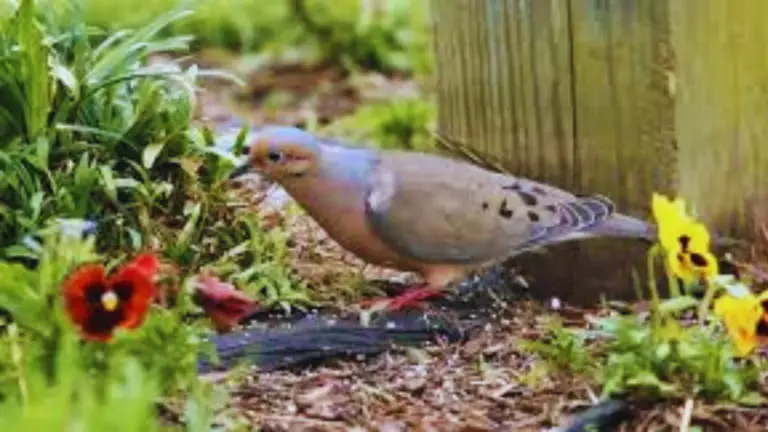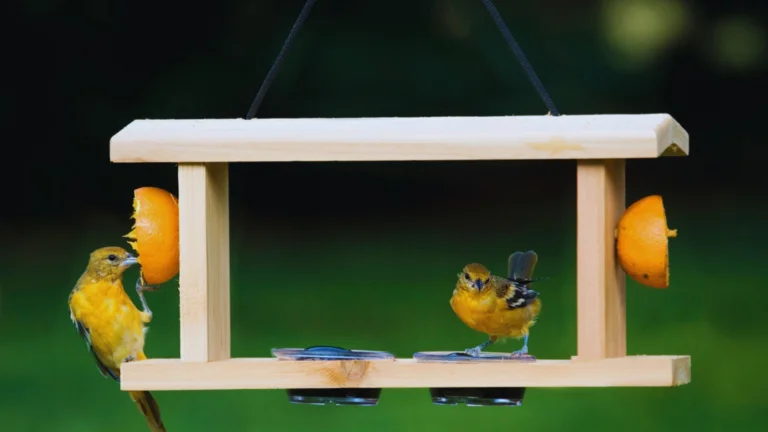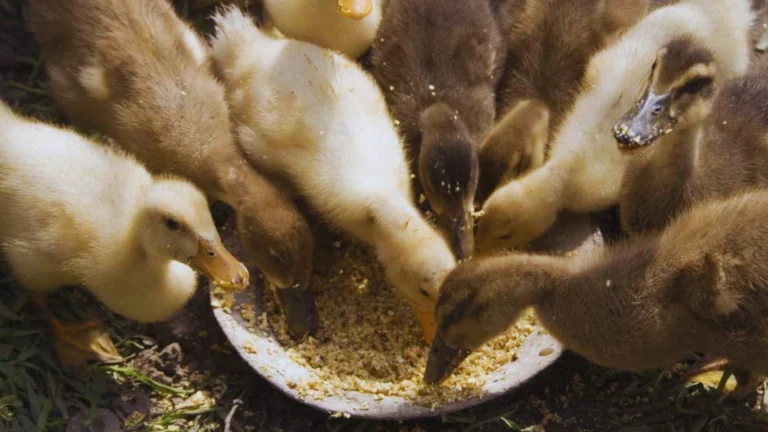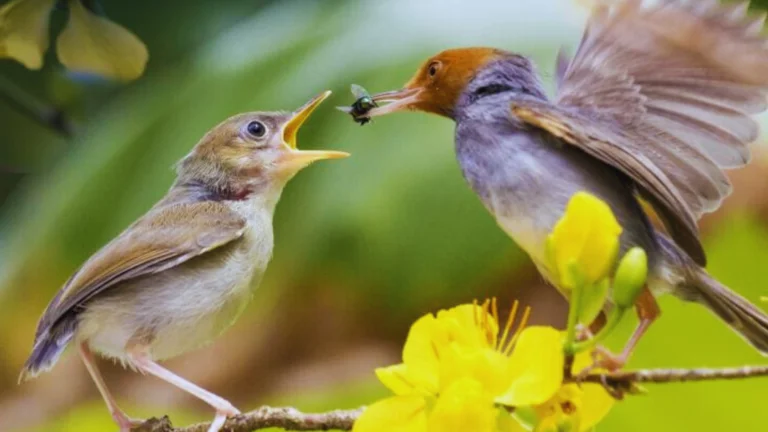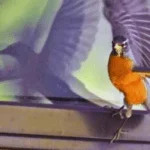As the ancient proverb goes, “a bird in the hand is worth two in the bush,” but what happens when that bird is a starling on the brink of starvation? Neglecting a starling’s dietary needs can have fatal consequences, and understanding their precise nutritional requirements is crucial. Starlings require a balanced diet rich in protein and micronutrients, but it’s not just about the food – feeding frequencies and care play a significant role in their survival. As one might wonder, what signs indicate a starling is starving, and what can be done to intervene? We will explore Baby Starling Food and nutritional requirements in this article.
Key Takeaways
- Starving starlings exhibit weakness, weight loss, and reduced appetite, with shriveled appearance and pale or yellowish beak as signs of malnutrition risks.
- A balanced diet rich in protein, nutrients, and insects supports the baby starling’s growth and development, with nutrient absorption being critical for survival.
- Providing urgent nourishment through emergency rations can help prevent starvation, using commercial puppy formula with distilled water in a 1:1 ratio.
- Feeding frequencies for baby starlings are determined by age and size, with newborns requiring feedings every 15-20 minutes during daylight hours.
- Recognizing starvation symptoms promptly is crucial, as baby starlings can’t survive long without food, typically only about 24 hours, making immediate intervention vital.
Understanding Starling Nutrition
Nutrition plays a crucial role in the development and growth of baby starlings, with their diet consisting mainly of high-protein foods and insects.
Insect diversity is essential for optimal nutrient absorption, as different insects provide various nutrients and micronutrients. Earthworms, for example, are rich in protein, while aphids and flies offer easily digestible soft-bodied insects.
Berries and fruits are also incorporated into their diet as they grow, providing essential vitamins and minerals. A balanced diet supports the baby starling’s growth and development, with nutrient absorption being critical for their survival.
A mixture of protein-rich foods, fruits, and insects ensures the baby starling receives the necessary nutrients for optimal growth and development.
Feeding Habits and Schedules
Baby starlings’ dietary requirements are meticulously managed through carefully planned feeding habits and schedules.
Their feeding frequencies are determined by their age and size, with newborns requiring feedings every 15-20 minutes during daylight hours.
As they grow, the frequency of feedings can be gradually decreased, with 2-3 week old starlings being fed every 1-2 hours and 3-4 week olds every 3-4 hours.
Understanding hunger patterns is crucial in managing their feeding habits.
Baby starlings exhibit intense hunger patterns, requiring frequent feedings to sustain their growth and development.
Proper Care and Handling
Proper handling and care are crucial for the well-being and survival of baby starlings.
Gentle handling is essential to prevent injury and stress. When handling baby starlings, it’s recommended to use a soft cloth or towel to support their body and head. This helps to minimize stress and prevent injury.
Environment preparation is also vital, as baby starlings require a safe and comfortable space to grow. A suitable enclosure should be well-ventilated, clean, and free from drafts.
The enclosure should also be equipped with adequate perches and a heat source, if necessary. By providing proper care and handling, baby starlings can thrive and increase their chances of survival.
Proper care and handling are critical components of a successful rehabilitation process.
Recognizing Starvation Symptoms
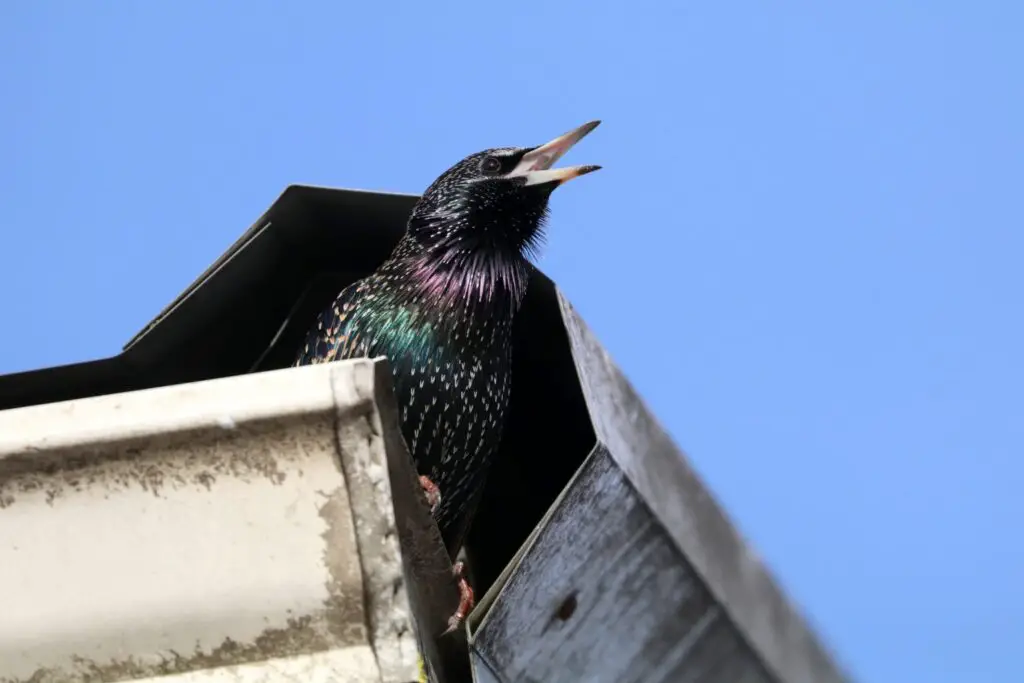
Recognizing the early signs of starvation in baby starlings is crucial for their survival.
Starvation signs in these birds can be subtle, but they often manifest as weakness, weight loss, and reduced appetite. A shriveled appearance and pale or yellowish beak are also indicative of malnutrition risks.
It’s essential to monitor the bird’s overall health and behavior, as starvation can progress rapidly. Baby starlings can’t survive long without food, typically only about 24 hours, making prompt recognition and intervention critical.
Factors such as age, metabolism, and environmental conditions can affect the severity of starvation symptoms. Identifying these signs early on can help prevent long-term damage and increase the bird’s chances of recovery.
Dietary Requirements and Growth
To support optimal growth and development, it’s essential to understand the dietary requirements of baby starlings. A diet rich in protein and nutrients is crucial for their development milestones. Baby starlings require a diet consisting of insects and high protein foods to thrive.
| Age | Dietary Requirements |
|---|---|
| 0-1 week | Insects, high protein foods (earthworms, soft-bodied insects) |
| 1-2 weeks | Incorporate fruits and berries for vitamins and minerals |
| 2-4 weeks | Gradually introduce seeds and a mix of protein-rich foods |
Nutrient deficiencies can hinder growth and development. A balanced diet that includes a mix of protein-rich foods, fruits, and insects is vital for baby starlings’ optimal growth. Providing the right nutrients at the right time is crucial for their development milestones.
Providing Emergency Nutrition
Baby starlings have a short window of time to receive adequate nutrition before their health begins to decline.
In emergency situations, providing urgent nourishment is crucial to prevent starvation. Emergency rations can be created by combining commercial puppy formula with distilled water.
This mixture should be fed slowly and carefully using a syringe or dropper, allowing the starling to swallow at its own pace. It’s essential to handle the bird gently and position it comfortably to prevent stress.
The feeding schedule should be established immediately, with feedings every 15-20 minutes during daylight hours. This urgent nourishment will help stabilize the starling’s condition until a more suitable diet can be introduced.
Monitoring the bird’s weight and adjusting the feeding schedule accordingly is vital for its survival.
Rehabilitation and Release
She’s made it through the critical phase of emergency nutrition, and now it’s time to focus on rehabilitation and release.
This stage requires careful planning and execution to ensure the starling’s successful return to the wild. Wildlife experts emphasize the importance of developing effective release strategies that take into account the bird’s age, health, and environmental factors.
- Gradually introduce the starling to outdoor enclosures to acclimate it to natural light and temperatures.
- Provide a varied diet that mimics the bird’s natural food sources.
- Encourage flight and foraging behaviors through environmental enrichment.
- Monitor the starling’s progress and adjust the rehabilitation plan as needed.
- Collaborate with wildlife experts to determine the optimal release time and location.
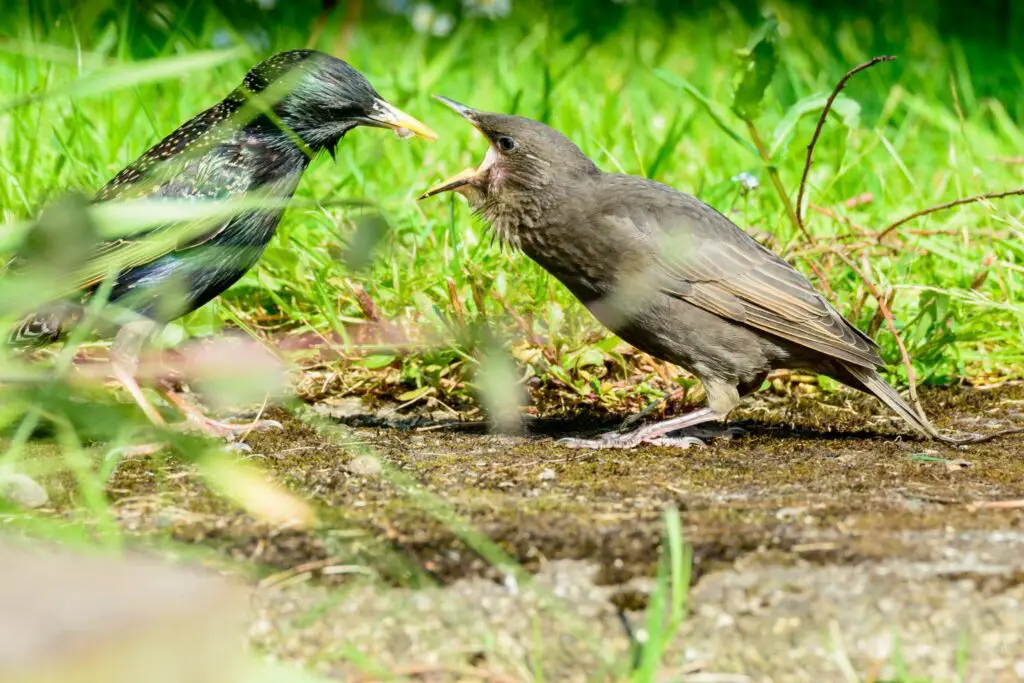
FAQs: Baby Starling Food
Can Baby Starlings Drink Water on Their Own?
Baby starlings can’t drink water on their own initially, as their beak development isn’t sufficient for sipping. They rely on caregivers for hydration through food and formula until their beaks mature, allowing for independent water intake.
How Long Do Baby Starlings Stay in the Nest?
Baby starlings typically stay in the nest for 20-24 days, after which they fledge, marking the beginning of their fledgling growth stage, during which they develop essential skills, relying on their parents for food and protection.
Can I Raise a Baby Starling Alone?
A wildlife rehabilitator once successfully raised a fledgling starling alone, illustrating the possibility of solo parenting. However, fledgling care requires expertise, and solo parenting a baby starling can be challenging without proper knowledge and experience.
Are Baby Starlings Prone to Specific Diseases?
Baby starlings are susceptible to various diseases, including viral pathogens like avian pox and polyoma virus, as well as bacterial infections such as E. coli and Salmonella, which can significantly impact their health and survival.
Can Baby Starlings Be Kept as Pets?
Fiery fears often fuel fanciful feelings about feathered friends, but fact is, baby starlings rarely make good pets, as they require precise food sources, delicate socialization techniques, and an inordinate amount of expert care and handling.
Conclusion
As a rehabilitated starling takes flight, its once-frail body now strong and resilient, it soars into the sky, a testament to the power of proper care. Its glossy feathers glisten in the sunlight, a stark contrast to the dull, lifeless plumage of its starving past. With a full belly and a newfound lease on life, the starling vanishes into the horizon, a vivid reminder of the critical importance of timely intervention in the fight against starvation.

